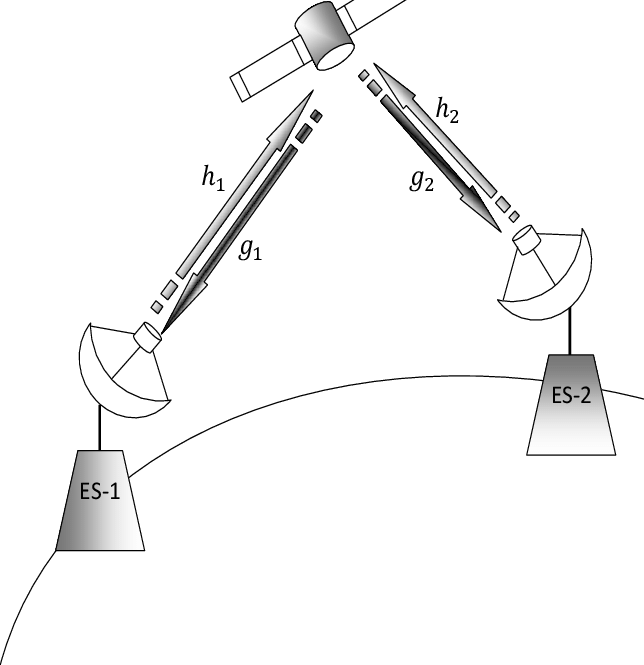Overview
Designing enterprise networks tests both theory and practical skills. Choosing a topology, placing gateways, and ensuring gateway reliability are all decisions that affect overall stability.
Typical reliable designs
For large organizations such as hospitals, banks, government agencies, power plants, and automotive facilities, network stability often determines business continuity. Campus network reliability depends on the gateway architecture chosen. Experienced network engineers design topologies to match operational requirements. Common enterprise reliable topologies include:
- VRRP + MSTP
- Stacking + link aggregation
- Three-layer routing (gateway at the access layer, running Layer 3 routing protocols upstream)
The first two approaches are commonly used and each has advantages.
Emerging technologies such as SDN and VXLAN can also be applied to reliable campus networks. This approach is often called a large Layer 2 campus network. Large Layer 2 designs tend to have higher cost and lower adoption but are suitable for environments requiring flexible segmentation and multi-service isolation, such as data center networks. As SDN and VXLAN gain adoption and hardware support becomes more accessible, large Layer 2 designs may become a fourth common option for reliable deployments.
How to deploy an enterprise network: example using stacking and link aggregation
This example uses stacking as the basis. Stacking can also be described as clustering or network virtualization that presents multiple devices as a single logical device with a unified configuration platform. A gateway can be deployed on that single logical device. Failover for device or link failures is managed by the cluster mechanism rather than requiring a custom design from the administrator. Deploying a stack simplifies the logical topology and allows a single gateway address to be configured on the logical device.
Stacking deployment recommendations
- Interconnect the two gateway devices with stacking/cluster links so they appear as one logical device with a single configuration platform.
- Configure the service gateway address on the unified configuration platform.
- Configure multiple links from access switches to the two gateway devices as Eth-Trunk (link bundle).
- Deploy an independent dual-master detection link between the two gateway devices, or use existing links between the gateways and access switches for dual-master detection.
Skills and practical experience
To advance to senior network engineer roles, it is important to understand networking principles, be familiar with different architectures, and accumulate project experience. Relevant technical topics include gateway redundancy mechanisms, DHCP snooping inner workings and use cases, campus design for networks of various sizes (for example, 50, 200, 500, 1,000, or 20,000 users), and systematic network security design including firewall configuration.
Hands-on experience with large-scale deployments strengthens competitiveness. Vendor certifications can provide structured learning paths, lab practice, and exposure to advanced topics (for example, HCIP to HCIE-level material), which support technical development and project readiness. Huawei certifications are recognized within China's networking community.
 ALLPCB
ALLPCB








